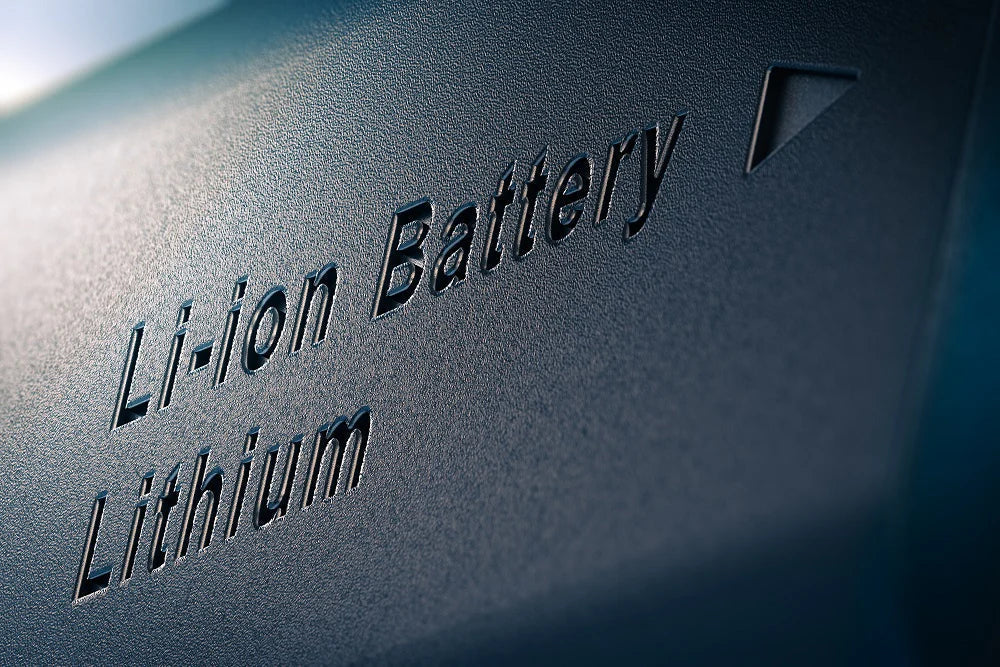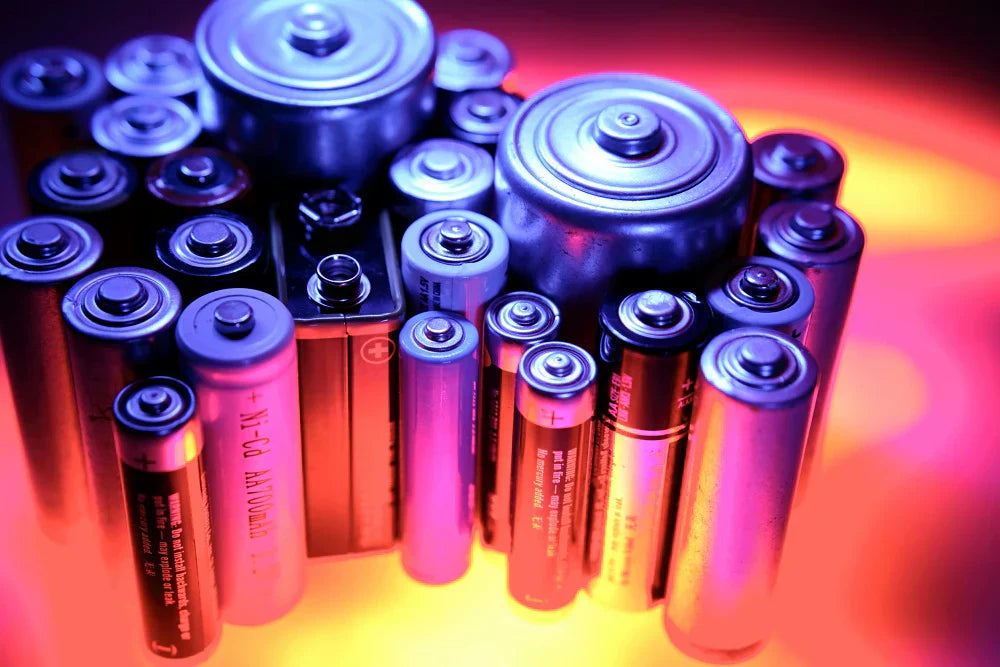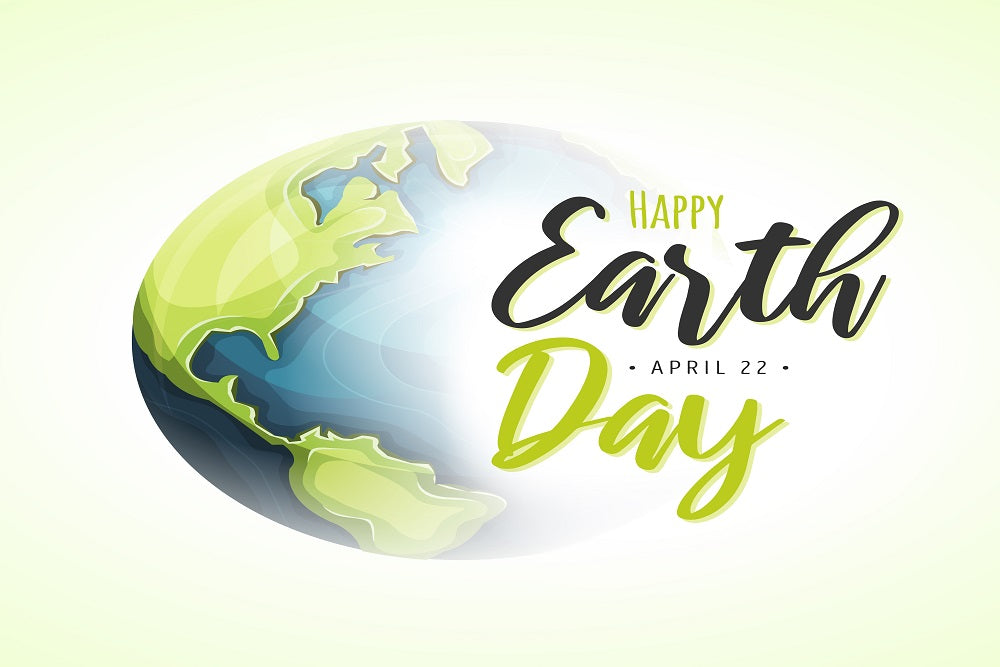2 Ways Lithium-Ion Batteries Can Be Made Even Better

It is no secret that Paleblue is all-in on lithium-ion batteries. We believe they beat disposable alkaline batteries at every level. We also think they are superior to Ni-Cad and NiMH products for most applications. But as much as we appreciate lithium-ion technology, there is still room for improvement. Rechargeable lithium-ion batteries can be and will be made better.
Scientists and businesses are working on a variety of innovations and improvements to make batteries better. To illustrate the point, we want to discuss two things that are happening right now. One of them, the roll out of the USB-C standard, already has practical applications for our products.
Convenience Matters: USB-C Rechargeable Batteries
Paleblue began offering USB rechargeable batteries some years ago. The cable we have traditionally relied on has two separate connectors. A standard 'A' connector is what you plug into your power source. A micro 'B' connector plugs into the batteries. USB-C connectors are ultimately designed to replace both A and B connectors.
It will be a while before all those old connectors and ports are completely done away with. But at least the industry is headed in the right direction. And above and beyond the new port, USB-C offers faster speeds. For the purposes of charging batteries, this can mean less time spent charging and more time spent doing.
Sustainability Supply Chain Efforts: Sourcing Lithium in California
A second way in which lithium-ion batteries can be made better lies in sourcing the lithium itself. As things currently stand, most of the lithium we use in this country is imported from Australia and a few South American countries. It is obtained through traditional open-pit mining (which although impactful is more regulated than ever). But that might change in the near future.
A small number of California companies are working on a new method of obtaining lithium. This method is known as geothermal extraction. It doesn't require the same open-pit mining practices that can cause environmental damage and are harder and more expensive to do proper reclamation. In fact, it involves very little digging at all.
Geothermal extraction starts by recovering super-heated brine from under the Earth's surface. The brine is pumped up to the surface where lithium can be extracted before the brine is returned below. Emerging studies suggest that geothermal extraction is also safer for the environment than open-pit mining.
Preserving What We Have
We began Paleblue as a means of both supplying consumers with high quality batteries and keeping as many disposable alkaline batteries as possible out of landfills. For us, it is all about preserving the resources we have. The downside is that obtaining the lithium for our batteries leads to environmental harm. So, as with everything we do, we are looking for ever-better approaches.
Geothermal extraction may be that better way our industry has been looking for. If testing does reveal that it is more environmentally friendly, employing it on a wide scale will help us preserve what we have. But there is an added bonus: it could allow to use lithium extracted from under our own soil instead of importing it from other countries.
A Constantly Evolving Endeavor
Designing and building batteries is a constantly evolving endeavor. The world started with alkaline batteries and now utilizes lithium-ion products. Paleblue started with USB 3.0 and micro 'B' connectors. We have graduated to USB-C rechargeable batteries. Meanwhile, the industry has gone from open-pit mining to actively studying geothermal extraction.
We are making batteries better, in big leaps and small steps. Making them better improves performance, reliability, usability, reduces costs, and ultimately helps us achieve our sustainability and environmental responsibility goals. If nothing else, now is not the time to abandon the pursuit of a better battery. Now is the time to double down.
- Tags: Economical Sustainability







